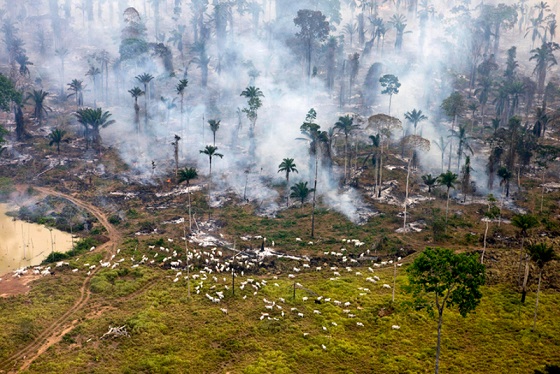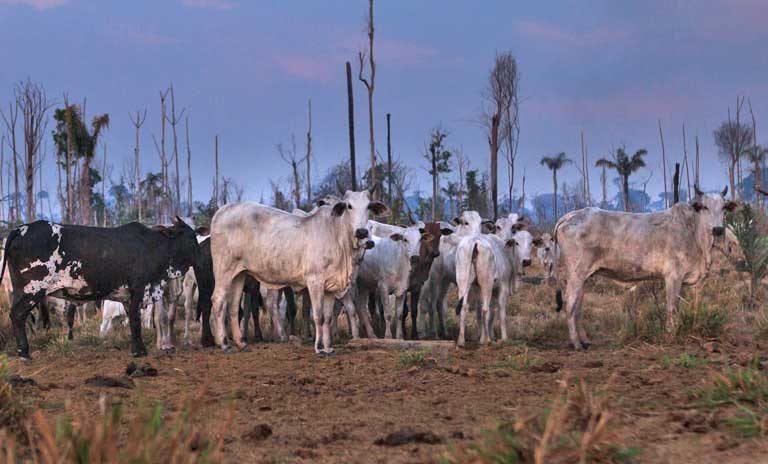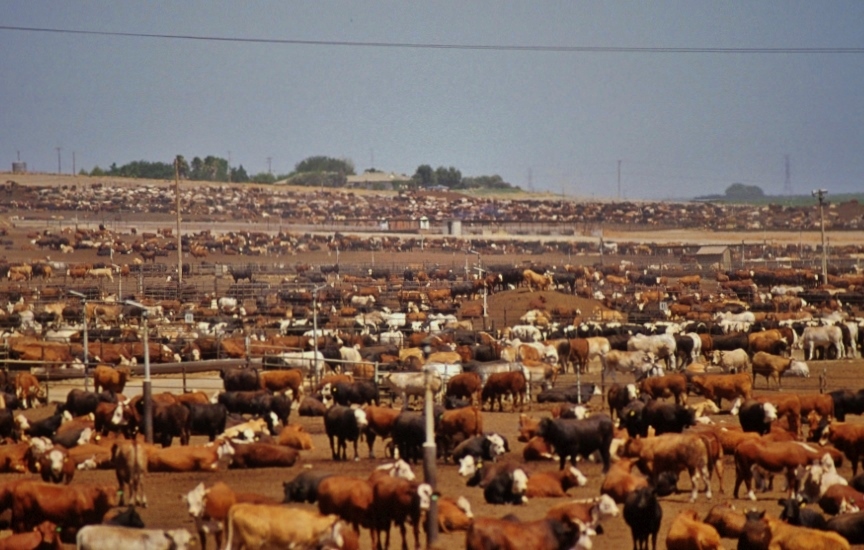
As stated by the United Nations in 2017, the worldwide population has risen by 1 billion within the last 12 years. Considering these stats, the population is set to grow over 9 billion by 2050. These increasing numbers will bring about various adverse changes, one of them being the escalating demand for livestock, as animal products are thoroughly used and desired around the globe. Thus, to satisfy these needs, animal agriculture will also have to advance significantly.
Animal Agriculture is the act of mass breeding animals for animal products, such as meat, leather, milk etc. In 2013, the Food and Agricultural Organization of the United Nations concluded that 14.5% of the human-generated greenhouse gas emissions are brought about by animal agriculture. This estimate is surely to increase in the upcoming years as the demand for livestock keeps escalating.
Methane and nitrous oxide are the two main greenhouse gases(GHGs) that are released via animal agriculture. Enteric fermentation is the main enabler of methane formation. It is a process that takes place in the digestive systems of ruminant animals such as cattle, goats, buffalo etc. Methane is formed as a result of microbes in the rumen(digestive tract) breaking down and fermenting food. Enteric fermentation alone is responsible for 33% of the total GHG emissions in agriculture. Furthermore, methane is 28 times more impactful on global warming than carbon dioxide.

The emanation of nitrous oxide is due to the way manure is stored and the utilization of organic and/or inorganic fertilizers in soils for feed production. These fertilizers also cause water pollution and dead zones in oceans as they wash to water bodies nearby. Nitrous oxide is also 265 times more damaging than carbon dioxide in regards to global warming. Nitrous oxide accounts for nearly 53% of agricultural GHG emissions.
In addition to being liable for the production of nitrous oxide, feed production also creates carbon dioxide through various processes like decaying plant remains etc. Thus, if livestock numbers rise, feed production will also significantly increase.
Almost 80% of land for agriculture is used up by animal agriculture(animal grazing, feeding, etc.). This causes deforestation which leads to more global warming risks. 2019 was recorded as being among the top three warmest years of all time. If this continues, global warming will keep rapidly increasing, causing more negative effects on weather patterns, lifestyles and our environment.

If changes do not happen in the near future, these figures will only keep worsening. Industrial changes need to take place. The proper handling of manure can significantly reduce nitrous oxide emission. If livestock are fed more digestible foods, they will produce less methane. If more uses can be carried out from one animal, it will increase animal productivity, thus lessening the need for excessive breeding.
These developments may seem unreachable to common folks like us but if we reduce our demand for more animal products, they are possible. Changes in our diet and lifestyle may cause significant changes in the animal agriculture industry. The UN Intergovernmental Panel on Climate Change stated, in 2018, that we have around 12 years remaining to drastically change our food habits. We should start taking action from now, even if it is something seemingly trivial like consuming and using less animal products on a daily basis. Even the smallest steps can build up to be a large positive change for the world.
Images Collected From Google
Contributed By Tanzeem Hossain





